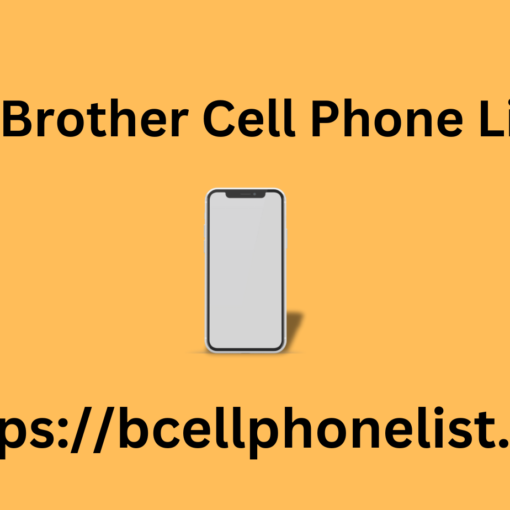Multimedia Messaging Service (MMS) has been a staple of mobile communication, allowing users to send multimedia content such as images, audio, and video. Although Windows Phone has seen a decline in popularity, understanding how to utilize MMS on this platform remains relevant for users who still rely on it. This article will explore the functionality of MMS on Windows Phone, its setup, and troubleshooting tips.
What is MMS?
MMS is an extension of SMS (Short Message Service) that enables the transmission of multimedia files. While SMS is limited to text messages, MMS allows for richer communication by incorporating images, video clips, and audio files. For Windows Phone users, MMS provides a way to share memories and experiences with friends and family seamlessly.
Features of MMS on Windows Phone
Windows Phone offers several features that enhance the MMS experience:
- Multimedia Support: Users can send and receive photos, videos, and audio messages, making conversations more engaging.
- Group Messaging: MMS on Windows Phone allows users to create group conversations, enabling multiple recipients to receive the same multimedia message.
- Easy Integration: The MMS feature is integrated into the messaging app, simplifying the process of sending media alongside text.
Setting Up MMS on Windows Phone
To use MMS on your Windows Phone, follow these steps for proper configuration:
- Check Mobile Data: Ensure that your mobile data is enabled, as MMS requires a data connection to send and receive multimedia messages.
- Access APN Settings: Go to Settings > Network & Wireless > Cellular & SIM. Here, you can configure the Access Point Name (APN) settings Buy Cell Phone Number List provided by your mobile carrier. Correct settings are crucial for MMS functionality.
- Enter Carrier Details: Input the necessary APN details, which typically include the APN name, username, password, and MMSC (Multimedia Messaging Service Center) URL. These details can usually be found on your carrier’s website or by contacting customer service.
- Restart Your Device: After entering the correct settings, restart your Windows Phone to apply the changes.
Troubleshooting MMS Issues
Despite the simplicity of MMS on Windows Phone Advertising Database List users may encounter issues. Here are some common problems and solutions:
- MMS Not Receiving: If incoming MMS are not appearing, check with your carrier to ensure that your plan supports MMS. Sometimes, resetting the network settings can also resolve the issue.
- File Size Limitations: Be aware that there may be size limits on the multimedia files you send. Conclusion
While Windows Phone may not be at the forefront of mobile technology today, understanding how to effectively use MMS can enhance your communication experience. By following the setup instructions and troubleshooting common issues, you can ensure that your multimedia messaging experience remains enjoyable and seamless.



